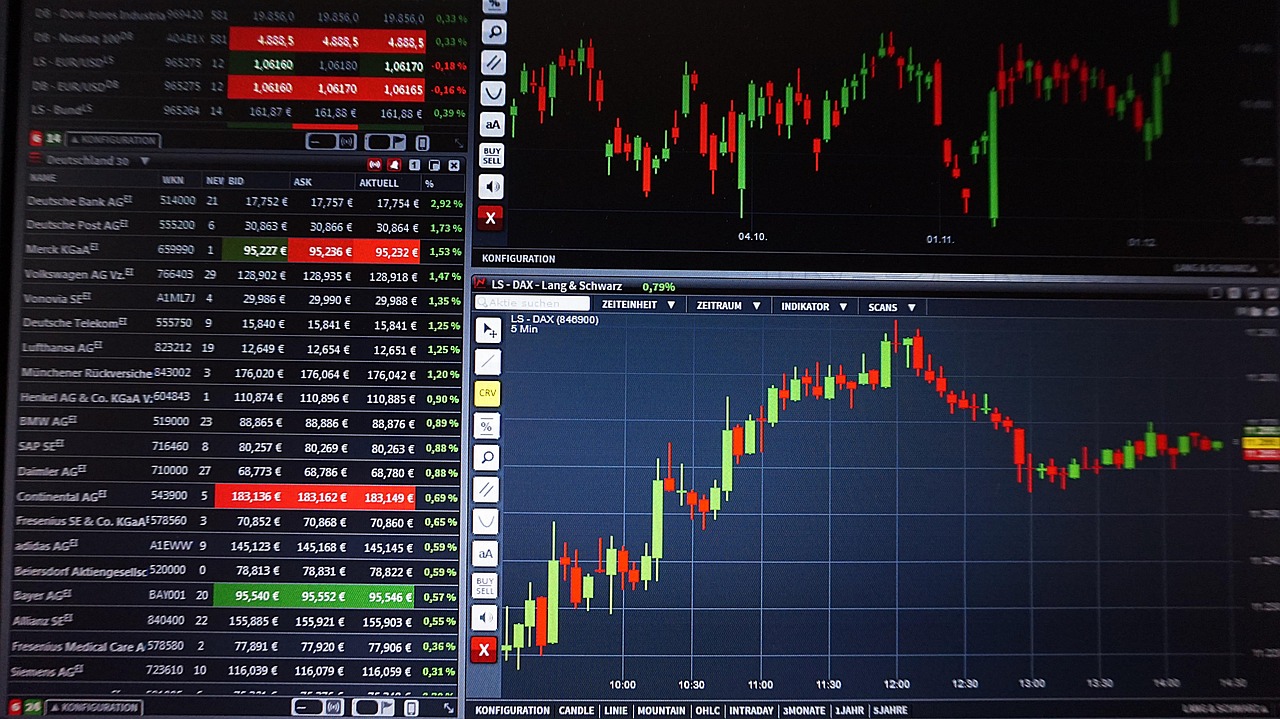The foreign exchange market has witnessed tremendous growth over the past two decades, with millions of traders joining the space every year. As the market evolved, trading platforms became increasingly sophisticated, offering various tools and features to meet the diverse needs of traders at all levels. Among the multitude of options available, two platforms stand out prominently: MetaTrader 4 (MT4) and JForex. Both have established themselves as formidable players in the industry, but they differ significantly in their features, capabilities, and target audience.
Understanding MetaTrader 4 (MT4)
MetaTrader 4 remains one of the most widely used trading platforms in the world, having dominated the forex trading landscape since its release in 2005. Its popularity stems from its user-friendly interface combined with powerful analytical capabilities. The platform is available on multiple devices, including desktop, web, and mobile applications, making it accessible to traders regardless of their location or device preference.
One of MT4’s greatest strengths is its automated trading capabilities through Expert Advisors (EAs). These are algorithms that traders can either develop themselves using MQL4 programming language or purchase from the marketplace. This feature has attracted legions of algorithmic traders who rely on automated strategies to execute trades without constant human intervention.
For those new to forex trading, an MT4 demo account offers an excellent opportunity to learn without risking real money. Traders can practice their strategies, test Expert Advisors, and familiarize themselves with the platform’s interface in a risk-free environment. This educational approach has made MT4 particularly attractive to beginners who want to develop their skills before committing capital.
Exploring JForex
JForex – forex trading platform developed by Dukascopy Bank has carved out its own niche in the competitive trading software market. As a Java-based platform, JForex offers a different technological foundation compared to MT4. This platform is known for its advanced charting capabilities, sophisticated risk management tools, and integration with various data feeds.
JForex distinguishes itself through its comprehensive analytics and reporting features. The platform provides traders with detailed performance reports, strategy analysis, and risk assessment tools that go beyond what many competitors offer. Additionally, JForex supports multiple programming languages for automated trading, including Java and FXScript, providing more flexibility for developers compared to MT4’s MQL4 language.
The platform has gained recognition among professional traders and hedge funds who appreciate its institutional-grade features. Its support for algorithmic trading is particularly robust, allowing for the creation of complex trading strategies with sophisticated logic and execution parameters.
Platform interface and user experience
When comparing the user experience, MT4 and JForex present distinctly different approaches. MetaTrader 4’s interface is more minimalist and straightforward, making it easier for newcomers to understand and navigate. The layout is intuitive, with most functions readily accessible from the main menu. This simplicity has contributed significantly to MT4’s widespread adoption among retail traders.
JForex, meanwhile, offers a more feature-rich interface that can appear overwhelming at first glance. However, for experienced traders seeking advanced functionality, this complexity is a feature rather than a drawback. The platform allows extensive customization, enabling traders to arrange their workspace according to their specific preferences and trading style.
Technical analysis and charting tools
Both platforms excel in technical analysis, but with different strengths. MT4 provides a solid selection of technical indicators and drawing tools suitable for most trading styles. The built-in library includes more than fifty technical indicators, and traders can add custom indicators to extend functionality.
JForex offers superior charting capabilities with more advanced visualization options. The platform provides more timeframe options and allows traders to create highly customized charts with multiple overlays and analysis tools. For traders who rely heavily on technical analysis, JForex’s charting suite may offer more sophisticated options.
Automated trading and programming
The automated trading capabilities of both platforms are among their most valuable features. MT4’s Expert Advisors have become legendary in the trading community, with a vast marketplace offering thousands of pre-built EAs. The MQL4 programming language, while less powerful than some alternatives, has a steep learning curve but offers good documentation and community support.
JForex supports multiple programming languages, including Java, which appeals to professional developers. The platform’s API is more flexible and comprehensive, allowing for more complex strategy implementation. However, the learning curve may be steeper for traders without programming background.
Broker integration and availability
MT4’s dominance is partly due to its widespread adoption among forex brokers. Thousands of brokers worldwide offer MT4 to their clients, making it easier for traders to switch platforms and find brokers that suit their needs. This widespread availability has created a strong ecosystem around the platform.
JForex, while available through multiple brokers, doesn’t enjoy the same universal adoption as MT4. However, it remains available through several reputable brokers, particularly those offering more sophisticated trading services.
Cost considerations
Both platforms are typically offered free by brokers to their clients, but there are important differences. MT4 is universally free, regardless of the broker or trading volume. The platform’s profitability model relies on brokers integrating it into their service offerings.
JForex is also generally free for retail traders, though Dukascopy Bank, which developed the platform, offers additional premium features and services for subscription fees. This tiered approach provides flexibility but also requires traders to carefully understand what features are included in the free version.
Risk management features
Effective risk management is crucial in forex trading. MT4 provides basic risk management tools, including stop-loss and take-profit orders. However, more advanced risk management features are limited compared to JForex.
JForex excels in risk management functionality, offering sophisticated position sizing tools, margin requirements alerts, and detailed risk analysis capabilities. Traders can set complex risk parameters and receive comprehensive reports on their exposure and risk levels.
Security and reliability
Both platforms prioritize security, but with different approaches. MT4 has a long track record of stability and security updates. Its age and widespread adoption mean that security vulnerabilities are quickly identified and patched.
JForex similarly maintains strong security standards, with encryption protocols protecting trader data and funds. The platform’s uptime record is excellent, ensuring traders can access their accounts when needed.
Conclusion
Choosing between MT4 and JForex ultimately depends on your trading style, experience level, and specific needs. If you’re a beginner looking for accessibility and simplicity, trying an MT4 demo account is an excellent starting point. MT4’s intuitive interface, widespread broker support, and established ecosystem make it ideal for most retail traders.
However, if you’re a professional trader or sophisticated algorithmic trader seeking advanced features, comprehensive analytics, and superior risk management tools, JForex – forex trading platform offers compelling advantages. Its robust programming capabilities and institutional-grade features justify the additional complexity.
Both platforms have earned their positions as industry leaders. Rather than viewing them as direct competitors, many successful traders maintain accounts on both platforms, leveraging each one’s unique strengths for different trading strategies and objectives. The best choice is ultimately the one that aligns with your individual trading needs and preferences.
DISCLAIMER – “Views Expressed Disclaimer – The information provided in this content is intended for general informational purposes only and should not be considered financial, investment, legal, tax, or health advice, nor relied upon as a substitute for professional guidance tailored to your personal circumstances. The opinions expressed are solely those of the author and do not necessarily represent the views of any other individual, organization, agency, employer, or company, including NEO CYMED PUBLISHING LIMITED (operating under the name Cyprus-Mail).







Click here to change your cookie preferences